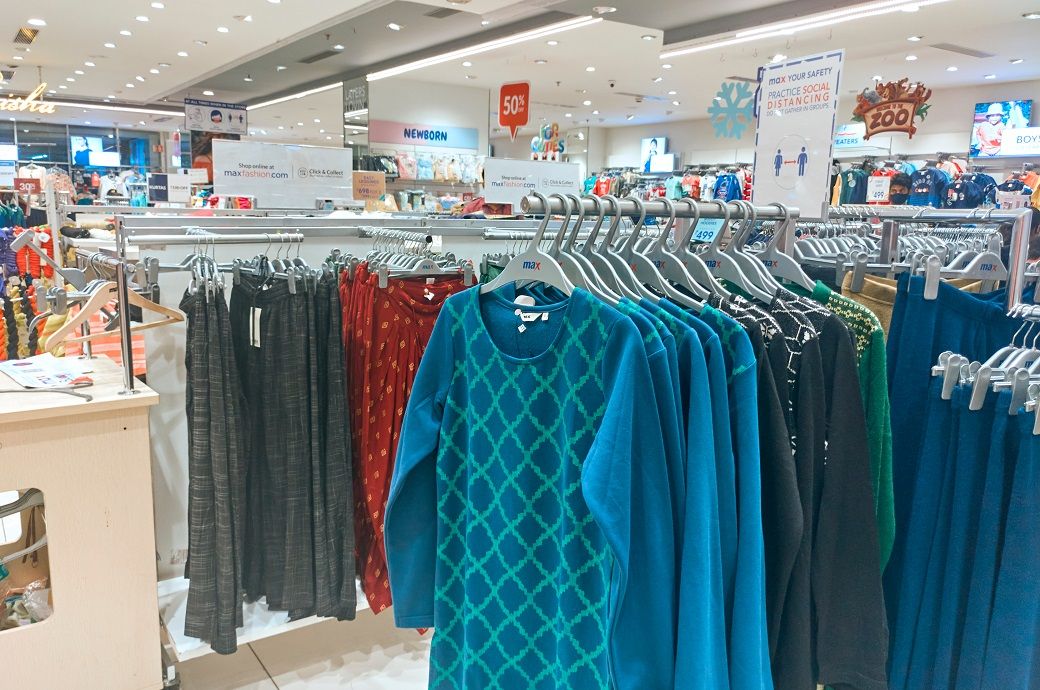
“Having adequate raw material and a large labour workforce, India is well poised to grab the opportunity in the global RMG market. India has a very good presence across the cotton textile value chain from fibre to fabric, while it has a limited presence in man-made fibre, which is expected to get a boost by expected FTA with the UK and PLI scheme. Furthermore, having presence across the entire-value chain reduces transportation costs and lead time, thereby providing a cost-effective solution to the customers. With all these, Indian RMG exports are expected to surpass the $30 billion mark by CY27. This shall translate into a 4.6-4.9 per cent share in world RMG exports as against the current share of around 3 per cent,” Krunal Modi, associate director – corporate ratings, Care Ratings, said in a press release.
To create a level-playing field for Indian exporters in the global market, the Indian government has rolled out various schemes such as Remission of Duties and Taxes on Exported Products (RoDTEP), Rebate of State and Central Taxes and Levies (RoSCTL), Production Linked Incentive (PLI) scheme, PM Mega Integrated Textile Region and Apparel (PM MITRA) park.
The PLI scheme aims to boost presence in man-made fibre and technical textile; PM-MITRA park is expected to bring scale while RoDTEP and RoSCTL ensure stability of incentives. The government has also entered into the Comprehensive Economic Partnership Agreement (CEPA) with the UAE and the Economic Cooperation and Trade Agreement (ECTA) with Australia and is in an advanced stage of discussion for FTA with the UK while discussion for FTA with the EU is ongoing.
India’s garment exports and order book have taken a hit in recent times due to high inventory with retailers in the US and the energy crisis in the EU. However, it is noteworthy that the 7.78 per cent year-on-year (YoY) growth in US monthly apparel store sales in 9MCY22 reduces the imminent recession in the US. Furthermore, a crisis in RMG exporting nations of Sri Lanka, Myanmar, and Pakistan (cumulative RMG exports of $17 billion in CY21) is expected to shift some orders to India, Bangladesh, and Vietnam. The benefits may however be limited due to resistance by global brands to change sourcing amidst demand pressure on the back of high inflation and high depreciation of currencies of these countries compared to the depreciation of the Indian rupee.
With trade agreements, India’s share in UAE and Australian markets are expected to increase and the FTA with the UK would be a game changer as it will create a level-playing field in the around $21 billion RMG market. Currently, India has a market share of 4-5 per cent in the EU and UK as Bangladesh, Vietnam, and Pakistan have a tariff advantage of around 10 per cent vis-à-vis India in some of these markets.
Countries such as China, Bangladesh, Vietnam, Germany, Italy, Turkey, Spain, and India dominate the export market, with China accounting for a lion’s share of 33 per cent of the total RMG exports backed by high labour productivity along with economies of scale.
ALCHEMPro News Desk (NB)
Receive daily prices and market insights straight to your inbox. Subscribe to AlchemPro Weekly!